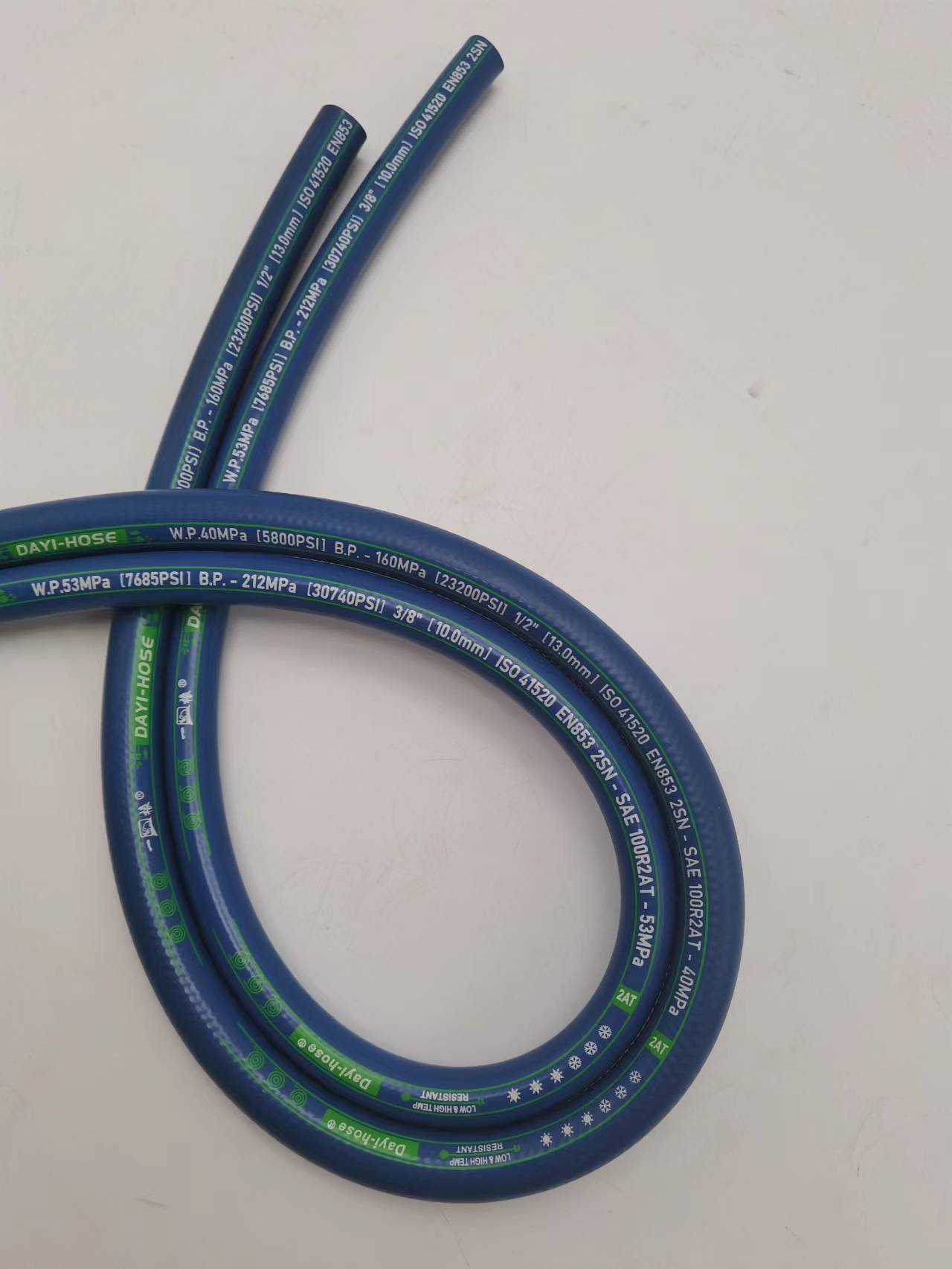335345435
Дек . 31, 2024 10:31 Back to list
Understanding LPG Gas Hose Specifications and Safety Measures for Home Use
The Importance of Gas Hoses in LPG Systems
Liquefied Petroleum Gas (LPG) is an incredibly versatile fuel that has gained popularity for both residential and industrial applications. From powering grills and heaters to fueling vehicles, LPG is a clean-burning source of energy that offers numerous advantages. However, the efficiency and safety of LPG depend significantly on the integrity of its delivery system, particularly the gas hoses used in these systems. This article will explore the critical role gas hoses play in LPG applications, highlighting their functions, materials, maintenance, and safety considerations.
Gas hoses serve as the vital link in the LPG delivery system, connecting LPG tanks to appliances or machinery. They transport the gas under pressure through various environments, making their design and functionality crucial. A well-designed gas hose ensures that the LPG reaches its destination safely and efficiently, minimizing the risk of leaks that could lead to hazardous situations.
When it comes to materials, gas hoses are typically made from rubber, thermoplastic, or metal, depending on the specific application and environmental conditions. Rubber hoses are widely used due to their flexibility, lightweight nature, and resistance to various chemicals. However, rubber can degrade over time, especially when exposed to UV rays or extreme temperatures. In contrast, thermoplastic hoses tend to be more durable and resistant to weathering, making them suitable for outdoor applications.
Metal hoses, while less common, are employed in high-pressure LPG systems where increased durability and resistance to punctures are necessary. These hoses can withstand extreme conditions but may be less flexible than their rubber or thermoplastic counterparts. Consequently, choosing the right hose material is critical to ensuring the long-term reliability and safety of the LPG system.
gas hose lpg

Maintenance is another crucial aspect of gas hose management. Regular inspection of the hoses is imperative to identify any signs of wear and tear, such as cracks, bulges, or leaks. Operators should also check the connections, ensuring they are secure and free from corrosion. Any signs of damage should prompt immediate replacement of the hose to prevent potential leaks and risks.
Increased awareness of LPG safety measures has been paramount in reducing incidents related to gas leaks and explosions. Proper installation is a crucial component of a safe LPG system. It is essential that gas hoses are installed according to the manufacturer's guidelines, ensuring that all connections are snug and leak-free. Using appropriate fittings and connectors can also prevent problems that may arise from improper installation.
In addition to routine maintenance and proper installation, regular testing of gas hoses is an essential safety measure. Pressure testing can help identify weak points in the delivery system, allowing for prompt repairs or replacements. Some regions also have specific regulations and standards governing LPG hose use, ensuring that all safety protocols are adhered to within the industry.
The use of LPG gas hoses also introduces the importance of flame-resistant materials and features. In any situation where LPG is present, the risk of ignition is always a concern. Therefore, using hoses that are designed to withstand high temperatures and flames is advisable to enhance safety. Flame-retardant materials can reduce the risk of fire spreading in case of an accident.
In conclusion, gas hoses are integral components of LPG systems, essential for safe and efficient gas delivery. Understanding the various materials, the importance of regular maintenance, and safety practices surrounding installation and testing can significantly affect the performance and safety of LPG applications. By adhering to proper guidelines and remaining vigilant in inspections, users can ensure the reliability of their LPG systems and contribute to a safer environment for all. As LPG continues to be a preferred fuel source for countless applications, the role of quality gas hoses will remain ever critical. Taking these precautions will help prevent accidents and ensure peace of mind for those who rely on LPG as their energy solution.
-
SAE 100 R17 Black Smooth Cover Hydraulic Hose
NewsMar.07,2025
-
SAE 100 R17 Black Smooth Cover Hydraulic Hose
NewsMar.07,2025
-
SAE 100 R17 Black Smooth Cover Hydraulic Hose
NewsMar.07,2025
-
SAE 100 R17 Black Smooth Cover Hydraulic Hose
NewsMar.07,2025
-
SAE 100 R17 Black Smooth Cover Hydraulic Hose
NewsMar.07,2025
-
steel wire braided hydraulic hose
NewsMar.07,2025



